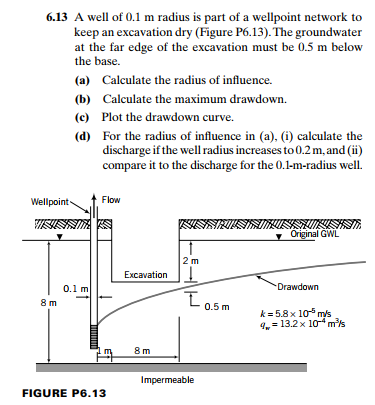
I'm going to leave the five year (60 month) time frame alone as a fixed matter, but I could see how, if the product ends up working, you might get requests for similar packages over, ten years.Īnyway, more to come, with the proviso that I'm not really qualified and a CPA should be reviewing any product that comes from my another iteration, one with which I feel more confident. Thanks for the bigger doesn't change the complexities of setting this up in a way that is financially sound, but it helps (me, at any rate) to see how the system could be used, and to realize that it needs to be designed in such a way that the variables can be changed-the amount of each "drawdown", the interest rate being charged. However, seeing that you ARE a finance company (!) just underscores the fact that I'm a total novice with Excel's financial functions. I rethought this over the night and realized this would have to be the case.so I'll be revising what I did last evening. Hope this makes Drawdown 1 would have interest charged for 60 months
#Well drawdown calculator how to
By doing this we avoid the partner incurring accounting issues in how to manage to account for future revenue, but more importantly, we limit our credit risk and make sure the customer won't have paid for a bunch of services they haven't received or may not receive if the provider went broke. Given that most of the services will be delivered in the future, we don't want to pay our partner all the $60K now, we only want to pay at the start of the year the services will be performed. The background to this is that we are a finance company and one of our partners has asked us to look at building a product whereby we would finance IT maintenance services over 5 years and provide a flat pmt schedule to avoid the customer getting increases each year.

Drawdown 2 would have interest charged for 48 months.Drawdown 1 would have interest charged for 60 months.You are correct that we will not be charging interest on the undrawn funds.


 0 kommentar(er)
0 kommentar(er)
